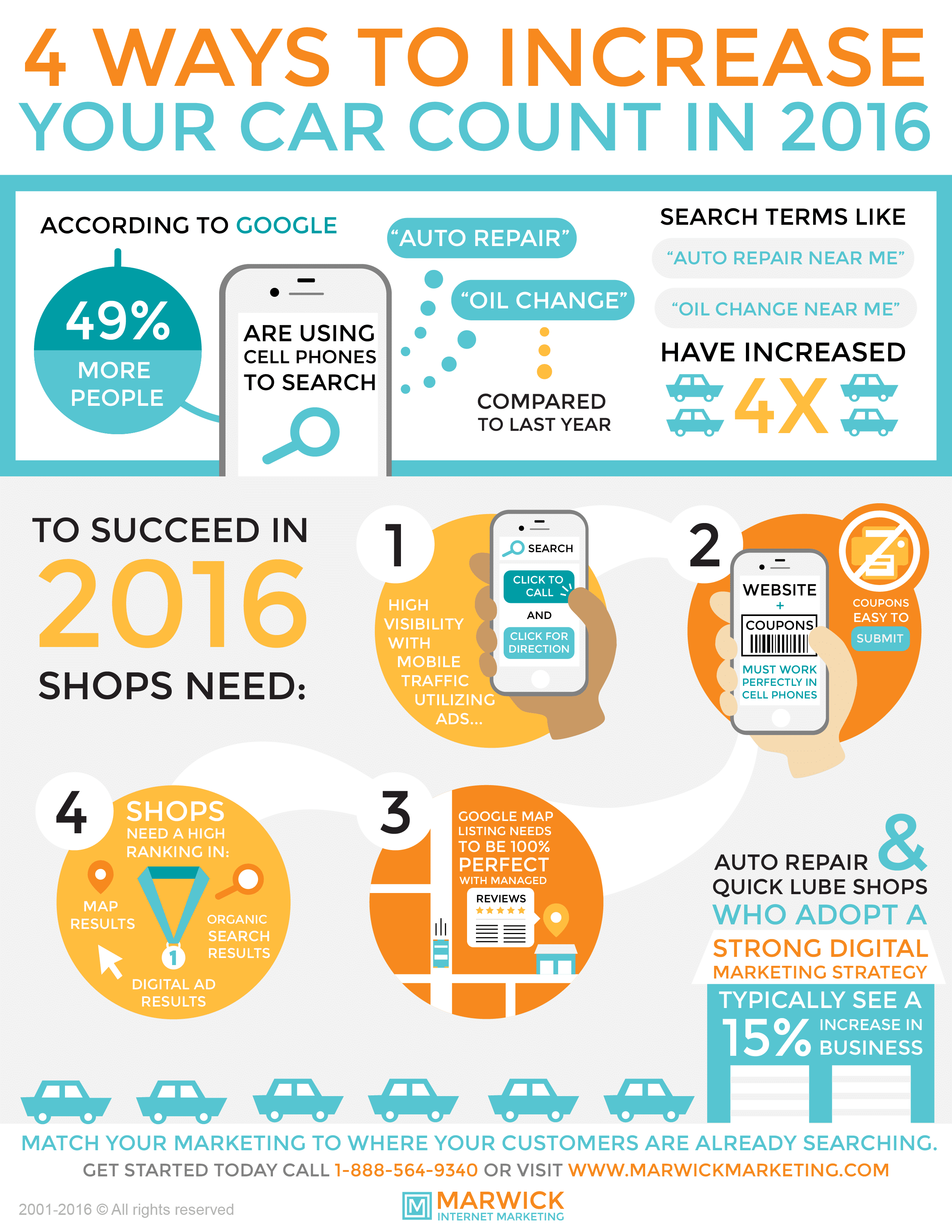Wondering Concerning The Definition Behind Those Control Panel Warning Lights? Gain Insights Right Into Their Ramifications For Your Automobile'S Safety And Maintenance
Wondering Concerning The Definition Behind Those Control Panel Warning Lights? Gain Insights Right Into Their Ramifications For Your Automobile'S Safety And Maintenance
Blog Article
Write-Up Writer-Hartley Torres
When you lag the wheel, those radiant caution lights on your control panel can be a bit difficult. Do you know what they're attempting to inform you regarding your vehicle's health? Comprehending the significance of these lights is vital for your safety and security and the longevity of your car. So, the next time one of those lights pops up, wouldn't you intend to understand its message precisely and take the required steps to address it?
Common Caution Lights and Interpretations
Identify common caution lights in your auto and understand their meanings to ensure secure driving.
One of the most typical caution lights consist of the check engine light, which signifies concerns with the engine or exhausts system. If this light comes on, it's vital to have your automobile inspected quickly.
The oil pressure advising light indicates low oil stress, needing prompt focus to stop engine damages.
A flashing battery light could recommend a defective charging system, potentially leaving you stranded otherwise resolved.
The tire stress surveillance system (TPMS) light informs you to reduced tire pressure, affecting vehicle security and gas efficiency. Overlooking this could cause dangerous driving conditions.
The ABS light indicates a trouble with the anti-lock stopping system, jeopardizing your ability to quit swiftly in emergency situations.
Last but not least, the coolant temperature level alerting light warns of engine getting too hot, which can lead to serious damages if not settled swiftly.
Comprehending Click In this article will help you deal with problems without delay and keep secure driving conditions.
Relevance of Prompt Attention
Comprehending the common caution lights in your cars and truck is only the very first step; the value of promptly addressing these warnings can not be stressed sufficient to guarantee your security on the road.
When a warning light brightens on your dashboard, it's your automobile's method of connecting a possible concern that needs attention. Disregarding these warnings can cause much more extreme issues down the road, compromising your security and potentially costing you much more out of commission.
Prompt attention to cautioning lights can prevent malfunctions and crashes. As an example, a blinking check engine light could indicate a misfire that, if left neglected, might cause damages to the catalytic converter. Resolving this immediately can conserve you from a pricey repair service.
In a similar way, a brake system cautioning light might indicate reduced brake liquid or used brake pads, important elements for your security when driving.
DIY Troubleshooting Tips
If you notice a caution light on your dashboard, there are a couple of DIY fixing suggestions you can try before looking for specialist help.
The primary step is to consult your automobile's manual to comprehend what the specific caution light indicates. Occasionally visit my webpage can be as straightforward as a loosened gas cap triggering the check engine light. Tightening full service car cleaning near me may solve the issue.
An additional typical problem is a reduced battery, which can trigger different alerting lights. Checking the battery connections for rust and guaranteeing they're secure might fix the problem.
If a warning light lingers, you can attempt resetting it by separating the vehicle's battery for a couple of minutes and then reconnecting it. Furthermore, inspecting your lorry's fluid levels, such as oil, coolant, and brake liquid, can help troubleshoot cautioning lights related to these systems.
Conclusion
To conclude, comprehending your auto's caution lights is necessary for maintaining your automobile running efficiently and securely. By immediately resolving these informs and understanding what they mean, you can stay clear of costly repair work and potential failures.
Bear in mind to consult your automobile's guidebook for specific details on each alerting light and do something about it accordingly to guarantee a trouble-free driving experience.
Remain notified, remain safe when driving!
